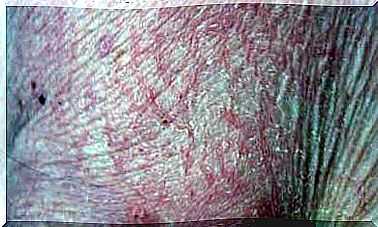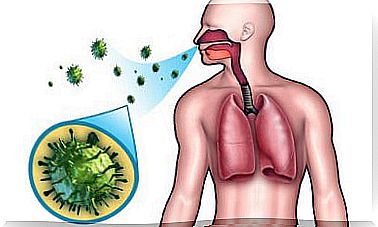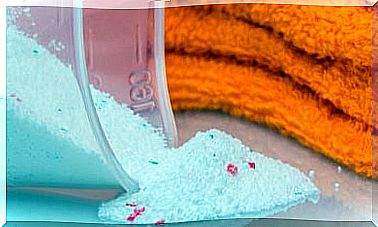What Is And What Does Turbinoplasty Consist Of?
Turbinoplasty is a recently devised surgical technique performed on the nose. This organ is an essential part of respiration and is made up of bones, hard and soft cartilage, as well as a lining of mucosa.
The turbinates are bony structures inside the nose, covered by a thin and fine tissue. They are responsible for humidifying and heating the air that enters the respiratory tract.
The problem is that, in some people, they are hypertrophied or thickened, so that breathing cannot be carried out correctly. Turbinoplasty allows to solve this situation. We explain everything you need to know about it.
What is turbinoplasty?
As we have pointed out, turbinoplasty is a surgical technique. It is done to correct the turbinates of the nose. Specifically, the lower turbinates, which are usually the ones that thicken and create breathing problems.
The purpose of this technique is to reduce its size, so that the obstruction decreases and the air returns to flow easily through the nose. It is an intervention that is performed through the nostrils, so it does not require any cut or leave external scars.
It is usually done under general anesthesia and, in fact, on some occasions it is carried out simultaneously with other procedures. For example, an aesthetic touch-up of the nose called rhinoplasty or an anatomical correction that complements the adequacy of the airway.
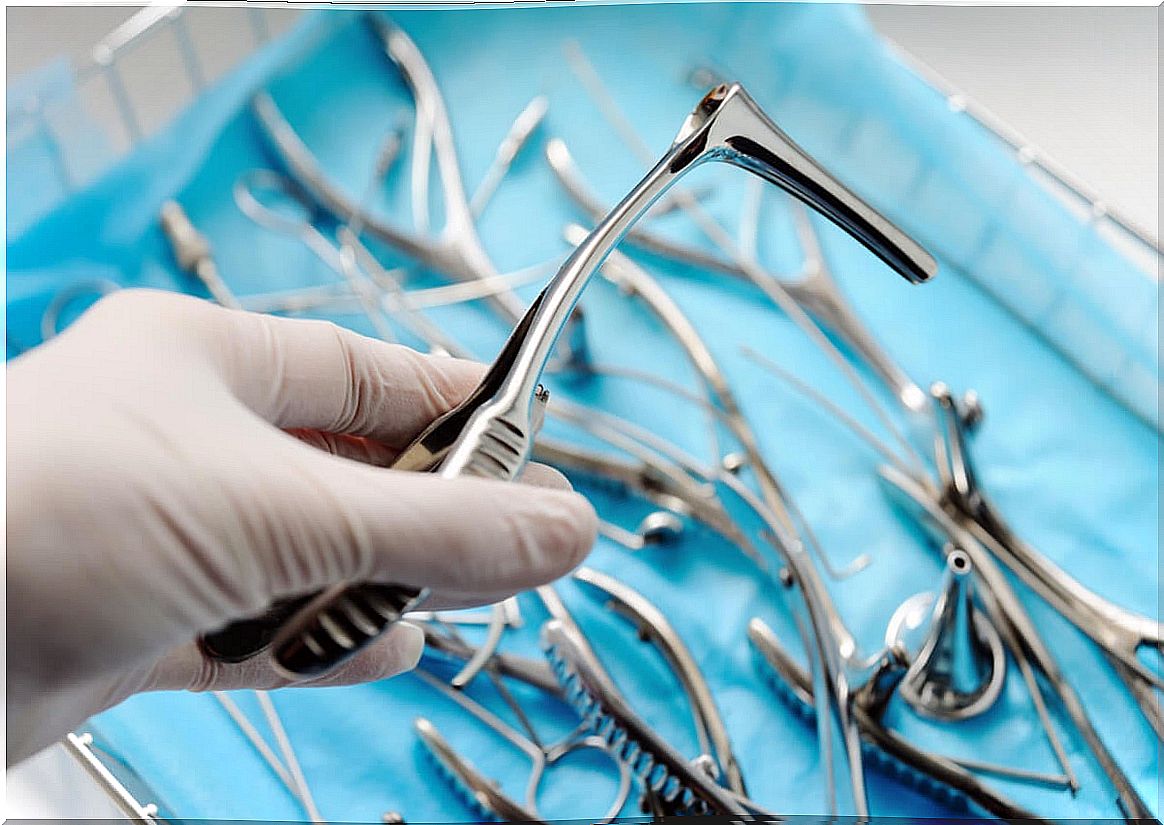
When is the procedure done?
To understand why turbinoplasty is performed, it is necessary to first explain the function of the nasal turbinates. As we have pointed out, they are responsible for filtering, humidifying and heating the air that enters the nose.
Normally, the thickness of the turbinates varies throughout the day. The fact is that, in some people, this area hypertrophies, causing the space through which the air flows to become clogged. This happens especially in patients who have repeated colds or allergic rhinitis.
It can even happen in people who are continuously breathing air laden with irritants. It is also frequently found in those who have a deviated nasal septum.
According to a study by the Navarra Health System, another indication for turbinoplasty would be obstructive sleep apnea syndrome. However, in this case there is not enough scientific evidence that this technique represents a long-term improvement.
What techniques are used in turbinoplasty?
Turbinoplasty seeks to reduce the size of the turbinate, which may be thickened at the level of the bone or the mucosa itself. Therefore, there are different techniques for the approach. The entire bone, mucosa or turbinate can be resected, although the latter is not recommended.
To do this, doctors use various technologies. First of all, turbinoplasty can be done with a laser. Electrocautery is also used, which is an electronic scalpel that, through the heat it radiates, allows the blood vessels to be cut and cauterized at the same time, reducing bleeding.
Another option is radio frequency. According to a study carried out by the University of Seville, radiofrequency turbinoplasty is the most effective technique that we have mentioned.
Side effects of turbinoplasty
This procedure is simple, but it is not without risks or side effects. Right after performing it, there is often some pain in the nostril. In some cases, it radiates to the rest of the head.
During the first 48 hours, it is also normal for blood clots to be vomited. They occur because, during the procedure, the blood that cannot be aspirated is swallowed by the patient. However, it is not worrisome.
In some people, a nasal packing is necessary. This is uncomfortable and causes discomfort when chewing, headache, and dry throat.
As in most surgeries, there is also the risk of bleeding in the postoperative period. In these cases, the solution may be to reposition the nasal packing or check the area to stop the bleeding.
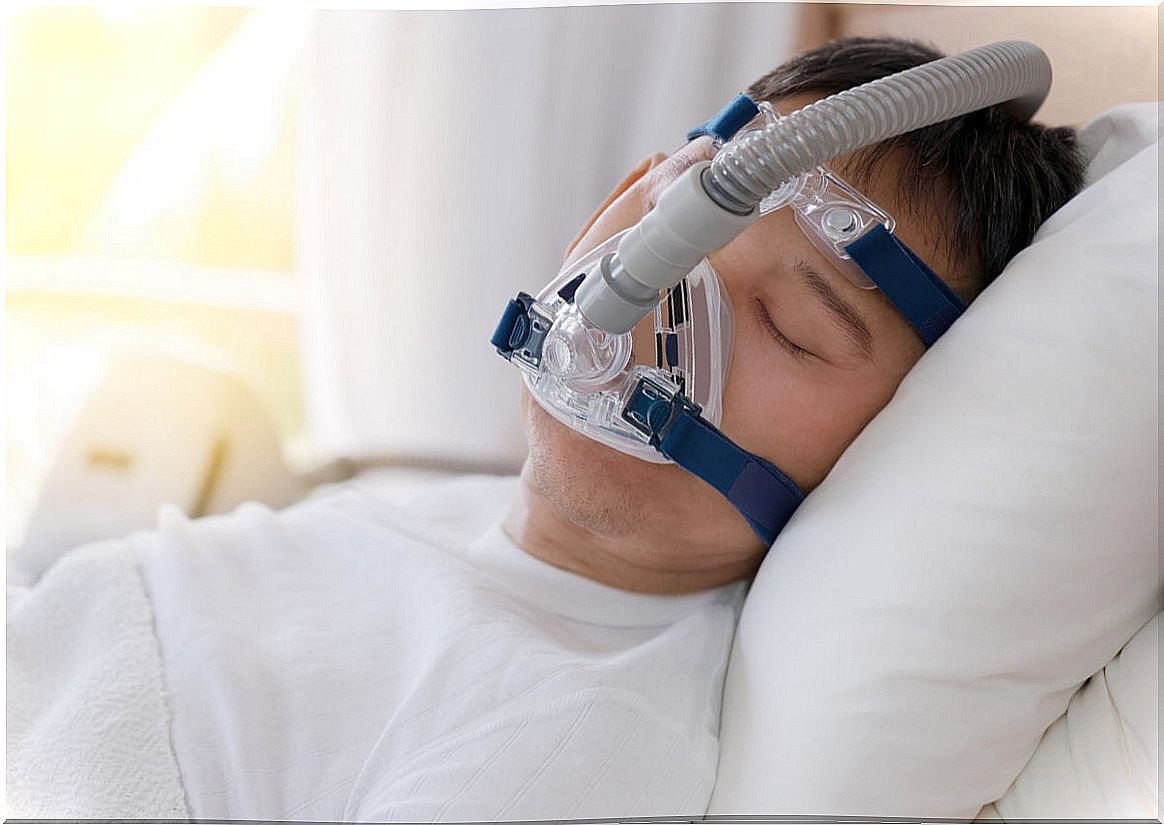
Possible complications
Although it is not very common, turbinoplasty can cause long-term complications. One of them is hyposmia. It consists in that the patient loses the olfactory capacity, which usually also damages the sense of taste.
Another complication is atrophic rhinitis, which is the formation of a kind of crust inside the nose. It causes the airway to be obstructed again, as before the intervention.
According to a study published in the Journal of Otolaryngology and Head and Neck Surgery, a possible sequela is empty nose syndrome. It also causes obstruction, although its mechanism or why it occurs is not yet well understood.
To remember about turbinoplasty
Turbinoplasty is a novel technique performed to reduce the size of the lower turbinates. It is indicated above all in people with allergic rhinitis or deviations of the nasal septum. It can dramatically improve the patient’s breathing, but like any intervention, it also has side effects that must be considered.
